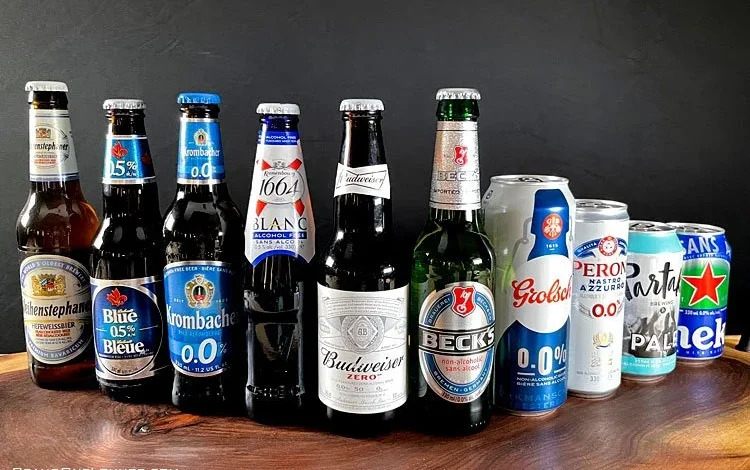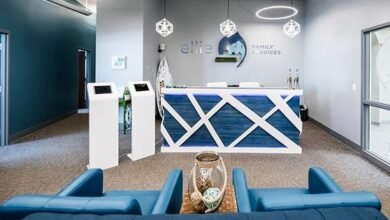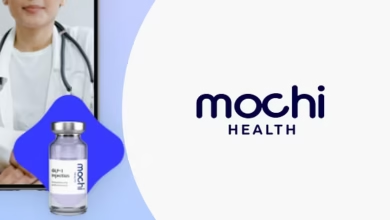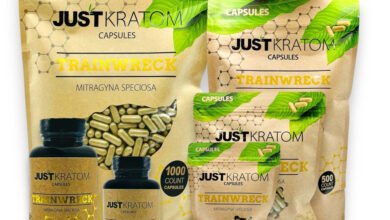Non-Alcoholic Beer – Everything You Need to Know About the Booze-Free Brew

Non-alcoholic beer has been around for decades, but in recent years it has surged in popularity. Once seen as a compromise for people who “couldn’t” drink, it’s now embraced as a smart, refreshing, and flavorful alternative for a wide range of drinkers. Whether you’re cutting down on alcohol, avoiding it altogether, or just curious about how it tastes, offers an intriguing middle ground between soft drinks and traditional brews.
This guide will walk you through what non-alcoholic beer is, how it’s made, its health benefits, potential drawbacks, and why it’s become one of the fastest-growing segments in the beverage industry.
What Exactly is Non-Alcoholic Beer?

At its core, non-alcoholic beer is a beer that contains little to no alcohol—usually less than 0.5% ABV (alcohol by volume). While this is technically not “zero” alcohol, it’s a fraction of what’s found in standard beers, which typically have between 4% and 8% ABV. This means you can enjoy the taste of beer without the intoxicating effects.
The definition can vary slightly from country to country. In the United States, for example, the legal limit for a beverage to be considered non-alcoholic is 0.5% ABV. In some European countries, you may find beers labeled “alcohol-free” with up to 0.05% ABV. That difference might seem small, but it’s important to note if you’re avoiding alcohol for health, religious, or personal reasons.
It’s also worth pointing out that non-alcoholic beer is not the same as “low-alcohol beer.” Low-alcohol beer still contains enough alcohol to cause mild effects if consumed in large quantities, whereas is designed specifically to keep alcohol content to a minimum.
How is Non-Alcoholic Beer Made?
The process of making non-alcoholic beer starts much the same way as traditional beer: you combine water, malted grains, hops, and yeast. The yeast ferments the sugars from the malt, creating alcohol and carbon dioxide. The real difference comes in how brewers remove or limit the alcohol content.
One common method is controlled fermentation, where brewers stop the fermentation process early before too much alcohol is produced. This allows the beer to retain much of its flavor while keeping alcohol levels low.
Another technique is dealcoholization, where beer is brewed normally and then alcohol is removed using methods like heating (since alcohol evaporates faster than water) or vacuum distillation. Some breweries also use reverse osmosis, a process that filters out alcohol molecules without stripping too much flavor.
Each method has its pros and cons. Heating can sometimes alter the taste, while reverse osmosis is more expensive but preserves the beer’s original flavor better. Skilled brewers often experiment with different techniques to produce non-alcoholic beer that still has the complexity and body of its alcoholic counterpart.
The Taste Factor – Does Non-Alcoholic Beer Actually Taste Like Beer?
One of the biggest questions people have is: Does it taste the same? The honest answer is—it depends.
Years ago, non-alcoholic beer had a bad reputation for tasting bland, watery, or overly sweet. This was largely due to older brewing methods that didn’t preserve the full flavor profile of beer. However, modern brewing technology has dramatically improved the taste. Today, many non-alcoholic beers come very close to matching their alcoholic counterparts, especially when made by craft breweries that focus on quality ingredients.
That said, because alcohol itself contributes to the body and mouthfeel of beer, some subtle differences remain. Non-alcoholic beers may feel lighter or slightly less robust, but in many cases, this is barely noticeable—especially with darker styles like stouts or malt-heavy lagers. Many drinkers now enjoy non-alcoholic beer not as a “substitute” but as a standalone beverage in its own right.
Health Benefits of Non-Alcoholic Beer
Non-alcoholic beer isn’t just about avoiding intoxication—it also offers some health benefits that might surprise you.
Firstly, it’s lower in calories than most alcoholic beers, which makes it a good option for people who want the beer experience without the extra weight gain risk. A typical non-alcoholic beer contains around 50–100 calories per bottle, compared to 150–200 for regular beer.
Secondly, it can be hydrating—something you can’t say about alcoholic drinks. Because alcohol is a diuretic, regular beer can lead to dehydration, but non-alcoholic beer doesn’t have this effect (especially those with less than 0.5% ABV). Some athletes even use it as a recovery drink due to its electrolytes and carbohydrates.
Lastly, it offers the social and psychological benefits of drinking beer without the downsides of alcohol, such as impaired judgment, hangovers, or long-term health risks associated with excessive drinking. For those who want to cut back on alcohol but still enjoy the cultural and social aspects of beer drinking, it’s a win-win.
Potential Drawbacks You Should Know
While non-alcoholic beer is a great option for many, it’s not without its drawbacks.
One issue is that it’s not truly alcohol-free. Even at 0.5% ABV, there’s still a trace amount of alcohol, which could be problematic for people in recovery from alcohol addiction or those who must avoid alcohol completely for medical or religious reasons.
Another drawback is added sugar. Some non-alcoholic beers compensate for the missing alcohol with extra sweetness to balance the flavor, which can make them higher in sugar content compared to traditional beers. This is something to keep an eye on if you’re watching your sugar intake.
Finally, non-alcoholic beer can sometimes be more expensive than regular beer, especially craft versions. The specialized brewing processes needed to remove or limit alcohol often come with higher production costs.
The Rising Popularity of Non-Alcoholic Beer
Over the past decade, non-alcoholic beer has transformed from a niche product to a mainstream trend. This surge in popularity is partly due to the “mindful drinking” movement, where people consciously reduce alcohol consumption for health and lifestyle reasons.
Major breweries and craft beer makers alike are investing heavily in creating better-tasting, more diverse non-alcoholic options. You can now find everything from non-alcoholic IPAs and stouts to fruit-flavored wheat beers. This variety has helped break the stereotype that non-alcoholic beer is only for designated drivers.
The market growth is also fueled by younger generations, especially millennials and Gen Z, who tend to value wellness and moderation more than previous generations. This demographic shift has made non-alcoholic beer a staple in many bars, restaurants, and even sporting events.
When and How to Enjoy Non-Alcoholic Beer
One of the best things about non-alcoholic beer is its versatility. You can drink it at times when alcohol would be inappropriate or unsafe—like during lunch breaks, before driving, or after a workout.
It’s also perfect for social situations where you want to blend in without consuming alcohol. For example, you can have a non-alcoholic beer at a party and still feel part of the atmosphere, without worrying about the aftereffects.
Some people even use non-alcoholic beer as a way to transition out of drinking. By substituting one or two alcoholic drinks with non-alcoholic versions, it becomes easier to cut back without feeling like you’re missing out.
Conclusion – A Brew for Every Lifestyle
Non-alcoholic beer has come a long way from its humble beginnings. It’s no longer just a compromise—it’s a legitimate beverage choice that can be just as satisfying as traditional beer, depending on your taste preferences.
Whether you’re seeking health benefits, avoiding alcohol, or just want to try something new, non-alcoholic beer offers a refreshing solution. With more options than ever before and brewing techniques that preserve authentic beer flavor, there’s never been a better time to give it a try.
In short, non-alcoholic beer is proof that you can have your pint—and drink it too—without the buzz.



